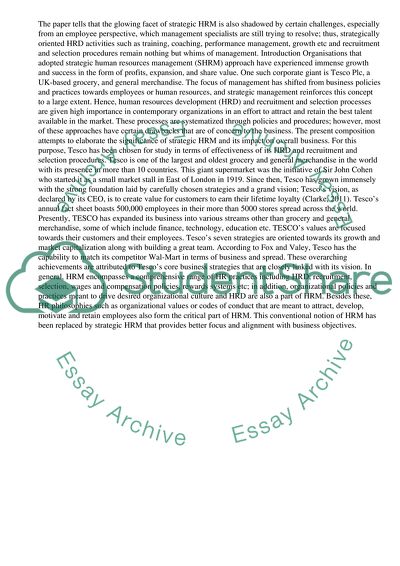Cite this document
(“Human Resource Development and Recuitment/Selection in Relation to Essay”, n.d.)
Human Resource Development and Recuitment/Selection in Relation to Essay. Retrieved from https://studentshare.org/management/1447069-critically-consider-hunman-resource-development
Human Resource Development and Recuitment/Selection in Relation to Essay. Retrieved from https://studentshare.org/management/1447069-critically-consider-hunman-resource-development
(Human Resource Development and Recuitment/Selection in Relation to Essay)
Human Resource Development and Recuitment/Selection in Relation to Essay. https://studentshare.org/management/1447069-critically-consider-hunman-resource-development.
Human Resource Development and Recuitment/Selection in Relation to Essay. https://studentshare.org/management/1447069-critically-consider-hunman-resource-development.
“Human Resource Development and Recuitment/Selection in Relation to Essay”, n.d. https://studentshare.org/management/1447069-critically-consider-hunman-resource-development.


